Estación de Seúl (서울역)
3.0Km 2023-08-11
Hangang-daero 405, Yongsan-gu, Seúl
Se trata de una terminal de todas las líneas de Gyeongbu (Seúl-Busan), KTX (tren de alta velocidad de Corea), trenes Saemaul, Mugunghwa y Nuriro (tren eléctrico ecológico). También tiene una línea de conexión llamada AREX (Airport Express) que une esta estación con el Aeropuerto Internacional de Incheon. En la Estación de Seúl se registra el mayor número de pasajeros en Corea, con un promedio diario de 100.000 pasajeros que entran y salen del complejo de la estación de tren, que incluye el nuevo edificio terminado en 2003. La Tienda Departamental Galleria y el hipermercado Lotte Mart, que se encuentran en las inmediaciones, también son lugares muy populares.
Lotte Outlets (Sucursal de la Estación de Seúl) (롯데쇼핑 롯데아울렛 서울역)
3.0Km 2024-02-20
Hangang-daero 405, Yongsan-gu, Seúl.
Nuwa [Korea Quality] / 누와 [한국관광 품질인증/Korea Quality]
3.0Km 2021-03-29
3-1, Pirundae-ro 5na-gil, Jongno-gu, Seoul
This hanok (traditional Korean house) is located deep in the Seochon Village, west of Seoul’s Gyeongbokgung Palace. Its tasteful renovation of a small 33 m2 hanok made it highly popular among the younger guests. The courtyard has a low maple tree and tastefully arranged stones, while the hanok is capable of accommodating up to 2 persons.
This L-shaped hanok has a full window wall facing the living room, which is furnished with a low walnut table and a bathtub. Visitors can enjoy premium tea at the table. The bathtub, which is connected to the table at one end, can be used mainly for a foot bath with bath salts that assist circulation. There is also a restroom in the building.
Nuwa’s bedroom has a circular window, much like the full moon, with a view of the garden and the fringes of the Inwangsan Mountain.
NUHADANG [Korea Quality] / 누하당 [한국관광 품질인증]
3.0Km 2020-09-10
49-7, Pirundae-ro, Jongno-gu, Seoul
010-9692-1330
Guesthouse Nuha is a ‘hanok’ or traditional Korean house consisting of four guestrooms located in Nuha-dong, Seochon (west of Gyeongbokgung Palace, Jongno, Seoul) where many Confucian scholars and artists lived during the Joseon Dynasty.
Exuding a refined atmosphere, Guesthouse Nuha is very popular among not only domestic visitors but also foreign tourists who want to experience the flavor of Korea in a cozy hanok. All four guestrooms (An-bang, Sarang-bang, Geul-bang, and Byeol-dang) are covered with eco-friendly hanji (traditional Korean paper handmade from mulberry tree) wallpaper, and are equipped with a thick cotton-wool comforter and pillows imbued with the scent of Hinoki cypress tree to help guests relieve their fatigue.
Breakfast is served free of charge. Guests can also experience traditional Korean culture here, such as playing a Korean musical instrument (janggu or double-headed drum), playing a game of yut in the yard, or wearing hanbok (traditional Korean clothes). Although a local bus service passes through the village, it is highly recommended to take a quiet leisurely around the area.
Hosujip (호수집)
3.0Km 2021-03-30
443, Cheongpa-ro, Jung-gu, Seoul
+82-2-392-0695
It is a restaurant where people wait in line as a hidden restaurant for locals in Chungjeong-ro. The best menu at this restaurant is spicy braised chicken. This Korean dishes restaurant is located in Jung-gu, Seoul.
Bijindo Haemulttukbaegi (비진도해물뚝배기)
3.0Km 2021-03-30
53, Seosomun-ro, Seodaemun-gu, Seoul
+82-2-312-2867
It is a place that many tourists, as well as office workers, visit. This seafood restaurant is located in Seodaemun-gu, Seoul. The representative menu is seafood hot pot.
Yongdu-dong Jjukkumi (용두동쭈꾸미)
3.0Km 2021-03-29
10, Muhak-ro 36-gil, Dongdaemun-gu, Seoul
+82-2-925-3127
A restaurant frequently featured in delicious Korean dishes programs. This restaurant's signature menu is grilled webfoot octopus. This Korean dishes restaurant is located in Dongdaemun-gu, Seoul.
Sajo Tuna (사조참치)
3.0Km 2020-04-16
107-39, Tongil-ro, Seodaemun-gu, Seoul
+82-2-364-9838
Sajo Tuna is the perfect restaurant for tuna lovers. It serves fresh tuna served in varied styles to visitors. Chamdarangeo (bluefin tuna) Special Menu consists of the highest-grade tuna cuts along with unique decorations. Also, the standard menu includes gamasal gui (grilled tuna kama), braised tuna head, grilled tuna, and pan-fried tuna. In-house alcoholic drinks such as baengnyeoncho ju (perilla seed and prickly pear liquor) and insam sansuyu ju (ginseng and cornelian cherry liquor) are offered, making this restaurant more outstanding.
Seoullo 7017 (서울로 7017)
3.0Km 2022-02-11
Hangang-daero 405, Jung-gu, Seúl
+82-2-120
La carretera que unía el este con el oeste de la Estación de Seúl en los años 70 tuvo problemas de seguridad hasta que se planteó su derrumbamiento. Sin embargo, se llevó a cabo un proyecto de reconstrucción llamado 'Seoullo 7017'. Este nombre simboliza la reconversión en 2017 de una carretera urbana de 17 m de altura formada en 1970 con 17 caminos diferentes. Asimismo, Seoullo 7017 cuenta con centros de información, cafeterías e instalaciones de entretenimiento. Posee más de 50 tipos de flores y 228 especies de árboles, asemejándose a un jardín botánico al aire libre. Seoullo 7017 está abierto al público todos los días las 24 horas.
Iglesia Católica Yakhyeon de Seúl (서울 약현성당)
3.1Km 2023-02-22
Cheongpa-ro 447-1, Jung-gu, Seúl
La Iglesia Católica Yakhyeon fue fundada como consecuencia de la libertad religiosa proclamada en el 23º año de reinado de Gojong (1866) y su subsiguiente incremento de la población católica. En 1891, el padre jefe de la Catedral Católica de Myeongdong, llamado Doucet, preparó un terreno en Hap-dong. El vicearzobispo Coste estuvo a cargo del diseño y construcción, y finalmente el edificio fue completado en 1892. El nombre de la iglesia proviene de “Yakjeonhyeon”, que significa colina de hierbas medicinales. Eso se debe a que el lugar donde la iglesia está situada era un cerro cubierto de plantas terapeúticas. Luego, “Yakjeonhyeon” fue acortado a “Yakhyeon” y así se denominaba a un área cercana a la cuesta entre Malli-dong y la Estación de Seúl. La Iglesia Católica Yakhyeon fue el primera iglesia de estilo occidental en Corea. Es la arquitectura gótica con la estructura cruciforme de 12 metros de ancho y 32 metros de largo. Asimismo posee ventanas arqueadas y una puerta ojival.

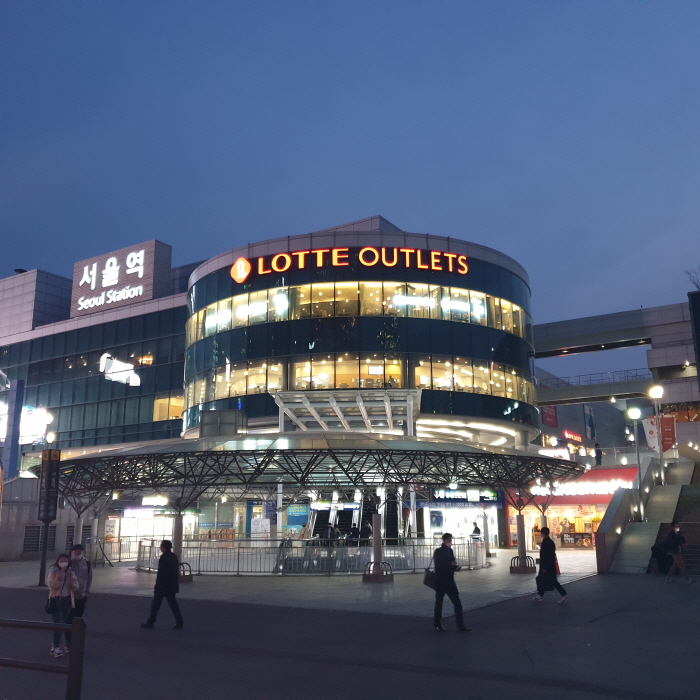
![Nuwa [Korea Quality] / 누와 [한국관광 품질인증/Korea Quality]](http://tong.visitkorea.or.kr/cms/resource/07/2707607_image2_1.jpg)
![NUHADANG [Korea Quality] / 누하당 [한국관광 품질인증]](http://tong.visitkorea.or.kr/cms/resource/58/2532358_image2_1.jpg)
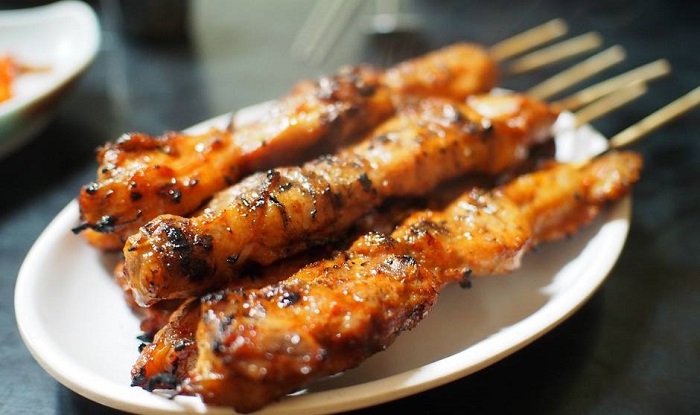
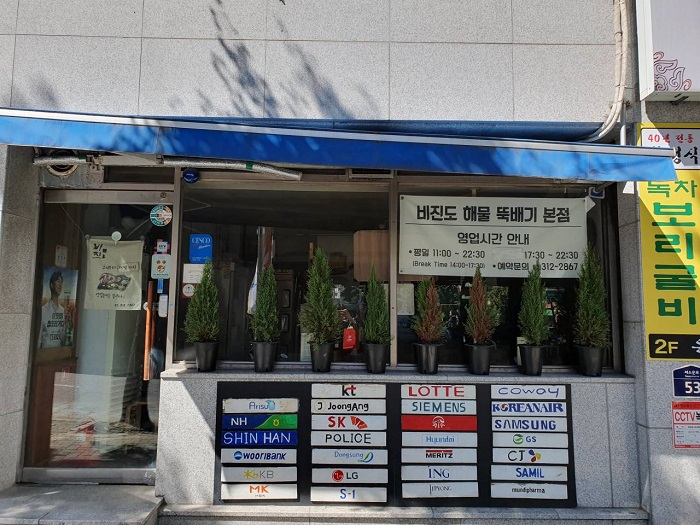
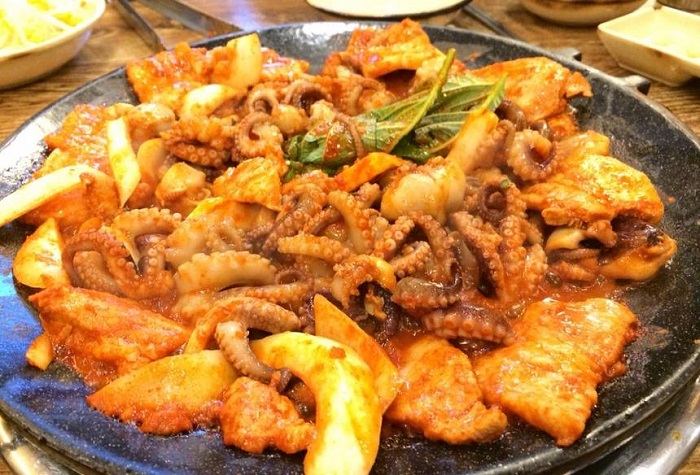
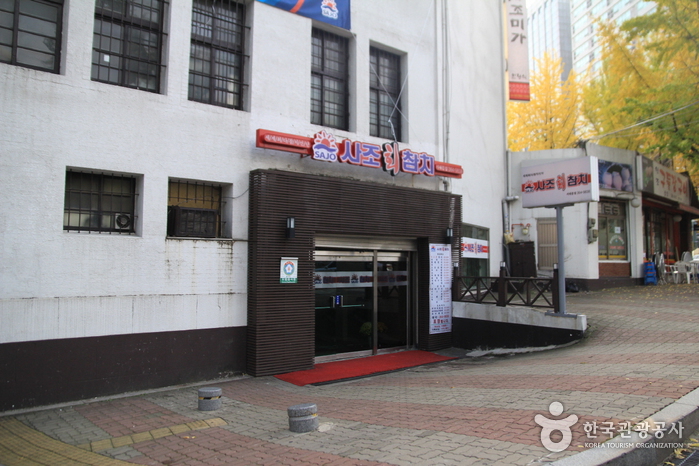
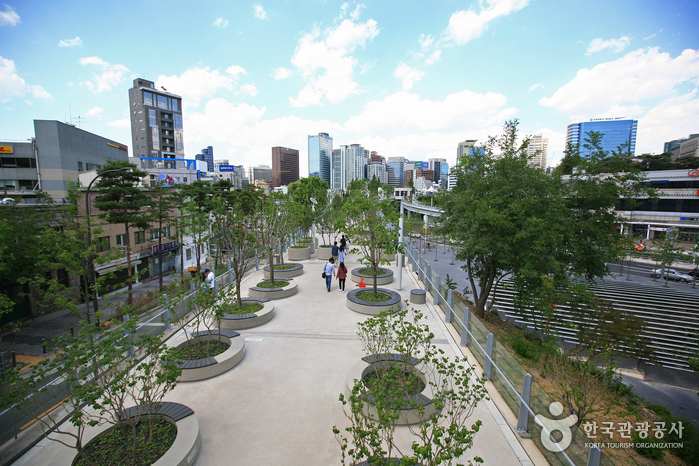
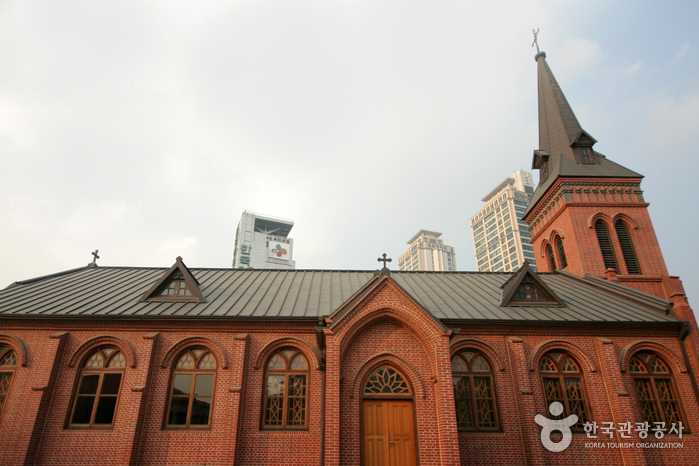
 Español
Español
 한국어
한국어 English
English 日本語
日本語 中文(简体)
中文(简体) Deutsch
Deutsch Français
Français Русский
Русский